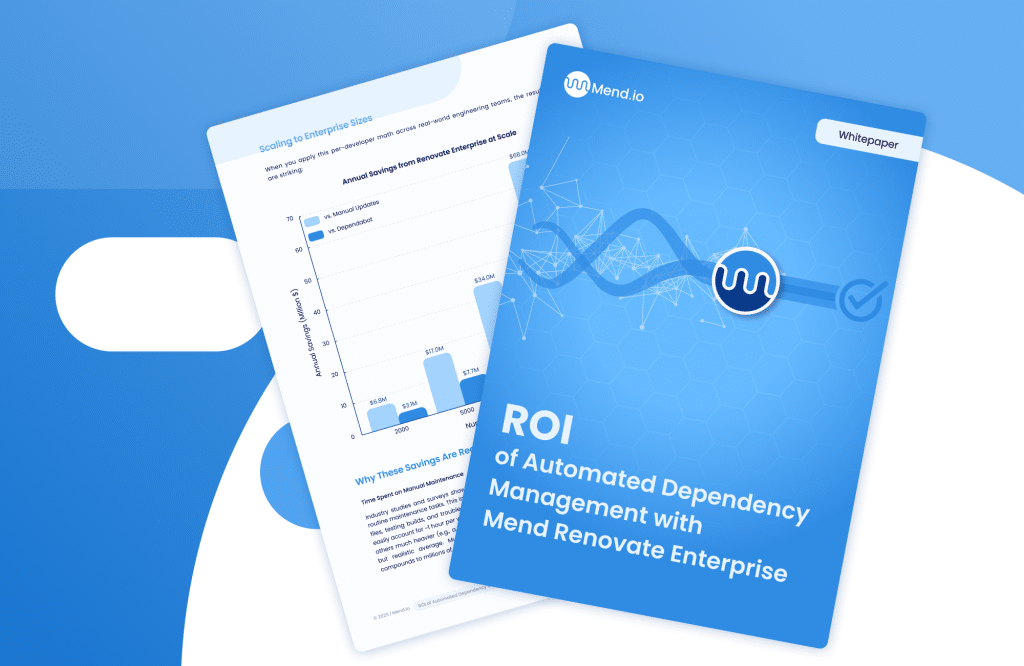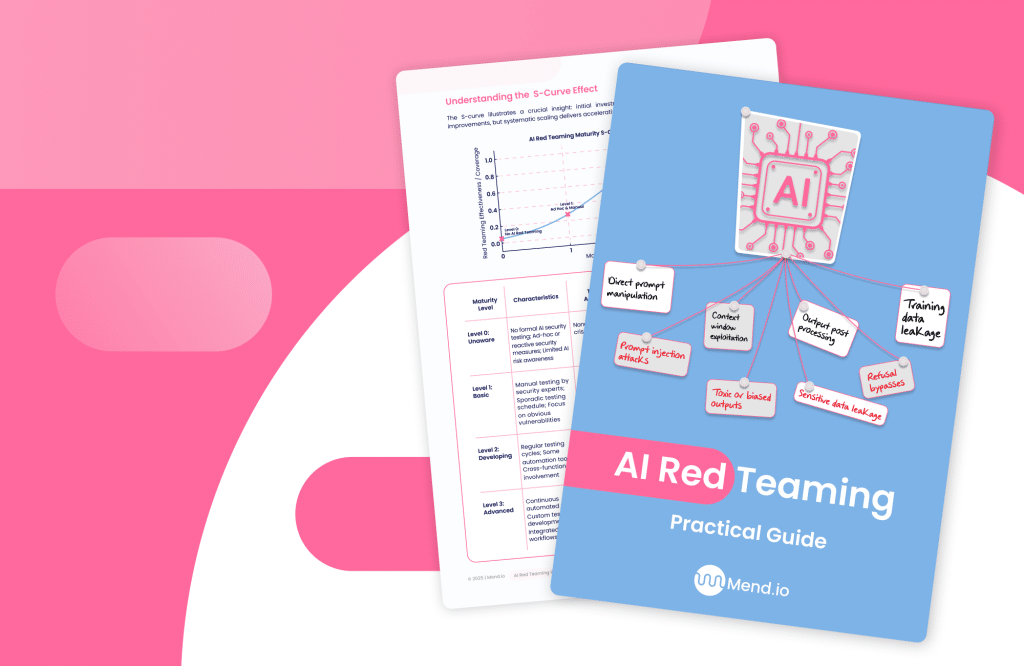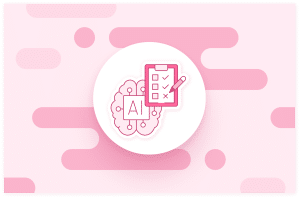Table of contents
Best AI Red Teaming Services: Top 6 Platforms and Services in 2025

What are AI red teaming services?
AI red teaming services involve security assessments focused on artificial intelligence systems. Unlike traditional red teaming, which targets general IT infrastructure, AI red teaming targets the unique attack surfaces and risks associated with AI, large language models (LLMs), and machine learning deployments.
These services simulate adversarial attacks, probing for vulnerabilities like prompt injection, data leakage, bias, and malicious manipulation. The goal is to expose flaws in AI system behavior, uncover weaknesses in controls, and help organizations strengthen their AI defenses.
Typical AI red teaming engagements use a combination of automated tools and expert testers who craft scenarios based on real-world adversary tactics. This may include attempting to trick AI models into producing harmful outputs, exfiltrating sensitive prompts or data, or subverting the intended operation of autonomous agents. By mimicking the approaches that malicious actors might take, red teamers help organizations uncover weak spots before they can be exploited. For teams building a broader security program, it’s helpful to understand how these efforts complement AI penetration testing, which focuses on testing specific vulnerabilities rather than full adversarial simulations.
AI red teaming services vs. AI penetration testing services
AI penetration testing typically focuses on finding specific, well-defined vulnerabilities in an AI system, such as insecure APIs, model misconfigurations, or exposed sensitive endpoints. It tends to be checklist-driven, aiming to validate security best practices and compliance standards, with a narrower, technical angle. The tests are usually structured and focus on surface-level weaknesses, similar to traditional pen-testing, but adjusted for AI technologies.
AI red teaming adopts a broader perspective, simulating threat actor behavior across the entire AI system lifecycle. This includes social engineering, exploiting model drift, prompt engineering, and multi-stage attacks that cross subsystem boundaries.
Red teaming is adversarial by nature and often involves creative, scenario-based exercises that go beyond basic vulnerability scanning. The scope can include ethical considerations like model bias and fairness, providing a more thorough assessment of AI risk exposure across operational, ethical, and security dimensions. To explore the vendors leading these efforts, see our list of top AI red teaming companies offering specialized offensive AI testing expertise.
Key use cases for AI red teaming services
Prompt injection testing
Prompt injection occurs when attackers manipulate the inputs or prompts fed to an LLM or AI system, tricking it into generating unintended or harmful outputs. Prompt injection testing checks the AI’s ability to withstand unauthorized manipulations, helping organizations identify instances where the model can be made to bypass restrictions, leak sensitive information, or perform unapproved actions. Red teamers craft adversarial prompts to simulate realistic attack scenarios, ensuring that defenses against such manipulations are effective and that user inputs are properly sanitized.
Through repeated adversarial prompt testing, organizations can pinpoint specific weaknesses in prompt design, response filtering, and input validation. This process highlights areas where business logic or security policies might be insufficient. Prompt injection testing helps prevent situations where AI-powered features can be abused in production, safeguarding both users and the enterprise from unexpected risks.
Data leakage detection
Data leakage detection in AI systems is focused on identifying and preventing the unauthorized exposure of sensitive or proprietary data through model outputs. Red teamers simulate attacks where attackers try to extract memorized or hidden information from responses, especially when models have been exposed to private datasets during training or fine-tuning. By crafting targeted queries and analyzing outputs, they assess the risk of real leaks and measure how easily an attacker could extract confidential information.
This kind of testing is essential because AI systems, especially those based on large-scale language models, can unintentionally memorize and regurgitate snippets of their training data. By exposing these issues in a controlled environment, organizations can apply appropriate mitigation strategies, such as improved prompt filtering, stronger dataset curation practices, or limiting model context to minimize leakage risks. Data leakage detection is critical for regulatory compliance and for protecting intellectual property and privacy interests.
Bias and fairness evaluation
Bias and fairness evaluations are a critical part of AI red teaming, given the increasing regulatory and ethical scrutiny AI deployments face. Red teamers intentionally design test cases to expose systematic biases in AI models, such as discriminatory patterns based on gender, race, location, or other protected attributes. By measuring disparities in outputs, these evaluations help organizations assess the fairness of their AI solutions and identify the root causes of any observed bias, whether embedded in training data or model architecture.
Bias and fairness testing is vital for ensuring that AI systems do not reinforce or amplify harmful societal biases. If left unchecked, these issues can result in reputational harm, legal challenges, and loss of public trust. AI red teaming for bias and fairness provides organizations with actionable insights, enabling improvements in data curation, algorithmic transparency, and output monitoring, thereby supporting compliance and more equitable AI adoption.
Security of AI agents
The security of AI agents—autonomous, decision-making entities powered by AI models—presents unique challenges not encountered in more static AI deployments. Attackers may seek to manipulate agents through adversarial prompts, exploit weaknesses in agent decision logic, or subvert multi-agent communication channels.
Red teamers focus on identifying weaknesses that could allow unauthorized actions, privilege escalation, or unintended information disclosure, especially in settings where agents are integrated with external tools or perform high-stakes operations.
By testing the full range of interactions agents may have—with users, other agents, APIs, or critical infrastructure—red teamers provide a comprehensive view of system resilience. They also assess whether agents can be coerced into unsafe behaviors, such as ignoring business constraints or leaking operational details.
Model robustness assessment
Model robustness assessments are aimed at understanding how resistant an AI model is to adversarial attacks, distributional shifts, or unexpected inputs. Red teamers use adversarial example generation, fuzzing, and other stress tests to probe models for vulnerabilities that could degrade their performance or make them produce unsafe outputs under pressure. This goes beyond runtime checks, evaluating not only the model’s surface accuracy but its ability to perform correctly in the face of real-world uncertainty and deliberate adversarial interference.
A key part of robustness assessment involves testing how well a model generalizes to scenarios it was not explicitly trained to handle, identifying risks of overfitting or brittleness. By simulating abnormal data, distribution shifts, or adversarial noise, organizations gain insight into worst-case behaviors, which is critical for safety-critical applications like healthcare, finance, or autonomous vehicles. For those implementing this work internally, start by reviewing available AI red teaming tools that automate adversarial testing and prompt-injection simulations.
Notable AI red teaming tools
1. Mend.io
Mend AI’s red teaming solution focuses on identifying and mitigating behavioral risks within AI systems, often missed by traditional security approaches. It provides a specialized platform to simulate adversarial interactions, ensuring the robustness and security of AI-powered applications in real-world scenarios.
Key features include:
- Comprehensive Threat Scenarios: Leverages a robust library of adversarial attacks to provide in-depth security validation against evolving AI threats.
- Automated AI Red Teaming: Continuously simulates adversarial conversations using prebuilt, customizable playbooks to uncover runtime vulnerabilities in AI systems.
- Behavioral Risk Identification: Tests for a range of critical threats including prompt injection, context leakage, biases, data exfiltration, jailbreaks, and hallucinations.
- Proactive Prompt Hardening: Scans system prompts for adherence to security best practices and recommends secure rewrites to prevent misuse and data leakage, complementing the red teaming efforts.
- Continuous Testing: Enables the ongoing assessment of AI systems throughout their lifecycle, identifying new vulnerabilities as models evolve.
2. Mindgard

Mindgard offers an automated red teaming platform to uncover and resolve AI-specific security risks that traditional tools often miss. Built on research from the AI Security Lab at Lancaster University, Mindgard’s solution supports continuous testing across the AI software development lifecycle.
Key features include:
- Automated AI red teaming: Continuously simulates adversarial attacks to identify runtime vulnerabilities in AI systems.
- Attack library: Includes thousands of threat scenarios curated through PhD-led research and real-world intelligence.
- Lifecycle coverage: Enables security testing at every stage of the SDLC, not just at deployment.
- Easy integration: Compatible with existing reporting and SIEM tools, and works across open-source, commercial, and proprietary AI models.
- Modality support: Covers image, audio, and multi-modal AI systems.
Notable AI red teaming professional services
3. HackerOne

HackerOne AI Red Teaming delivers time-bound offensive testing through a network of security researchers. The service focuses on identifying and mitigating risks specific to AI systems, including unintended behaviors, bias, and security vulnerabilities.
Key features include:
- Human-centered AI testing: Uses researchers to uncover vulnerabilities and ethical concerns that automated tools may miss.
- Customizable testing scope: Organizations define the risk priorities, systems in scope, and AI concerns such as bias or OWASP Top 10 for LLMs.
- Threat modeling: Each engagement includes the design of a custom threat model and test plan that aligns with organizational risk management goals.
- End-to-end security support: Provides architectural guidance, policy support, and testing execution through solutions architects.
- Centralized reporting platform: All findings are delivered via the HackerOne Platform, with vulnerability reports, prioritized recommendations, and tools for tracking remediation.
4. Redbot Security

Redbot Security offers red team services through its Red Team Security Exercise (RTSE), a multi-phase simulation intended to uncover vulnerabilities across an organization’s digital and physical landscape. Unlike traditional penetration testing, RTSE focuses on persistent, stealthy threat emulation over time.
Key features include:
- Threat emulation: Simulates adversaries across cyber, physical, and social domains, with phases that include spear-phishing, malware deployment, onsite intrusions, and data exfiltration.
- Multi-phase RTSE approach: Engagements span intelligence gathering, external and internal operations, optional onsite testing, and a final phase for collaborative reporting and control refinement.
- Custom payloads and evasion tactics: Tailored malware and attack chains are intended to bypass MFA, evade detection, and maintain persistence in target environments.
- Onsite and physical security testing: Includes wireless assessments, badge cloning, night-time building access, and social engineering attacks.
- Pentest plus hybrid engagements: Merges traditional penetration testing with red team tactics in scenario-based “what if” exercises.
5. Crowdstrike

CrowdStrike’s AI Red Team Services integrate bleeding-edge adversarial testing into their renowned red-team/blue-team methodology. Their “Charlotte AI” enhancements adapt traditional red-team tactics specifically for AI risk surfaces.
Key Features:
- Actionable reporting with remediation advice and detection guidance to harden AI-driven environments.
- Scenario-based adversarial AI simulations targeting misconfigurations, data theft, model manipulation, and prompt exploits.
- Red-Team/Blue-Team exercises enriched with AI attack vectors—covering reconnaissance, exploitation, persistence, and post-action analysis.
- Tailored AI threat modeling to emulate real-world adversaries against LLMs and generative AI systems.
6. Schellman

Schellman positions its AI Red Teaming approach as an advanced form of GenAI penetration testing, aligned with recognized frameworks. Their service is structured to uncover pipeline-level and application-level vulnerabilities in large AI deployments.
Key Features:
- Targeted testing of LLM and RAG pipelines, focusing on prompt injection, jailbreaks, data leakage, and moderation gaps.
- Framework-aligned methodology, ensuring assessments reflect compliance and governance best practices.
- Proactive vulnerability discovery based on simulating real-world attack patterns in AI environments.
7. Shaip

Shaip offers human-led red teaming for LLMs and generative AI, supported by a multidisciplinary team that includes security analysts, domain experts, and linguists. It’s built for identifying nuanced threats that purely automated testing often misses.
Key Features:
- Domain-specific adversarial testing, with experts simulating real-world misuse and ethical issues.
- Multidisciplinary evaluation, covering bias, fairness, compliance, hallucination, and cultural sensitivity.
- Context-aware assessments, tailored to each use-case with actionable mitigation and compliance alignment.
To compare managed offerings that bundle these capabilities into continuous, scalable testing programs, review the top AI red teaming providers active in 2025.
Conclusion
AI red teaming plays a pivotal role in securing the fast-evolving landscape of AI systems by exposing threats that traditional testing often overlooks. Its scenario-driven, adversarial approach enables organizations to assess risks beyond technical vulnerabilities, including ethical pitfalls, operational misalignments, and emergent behaviors in AI.











